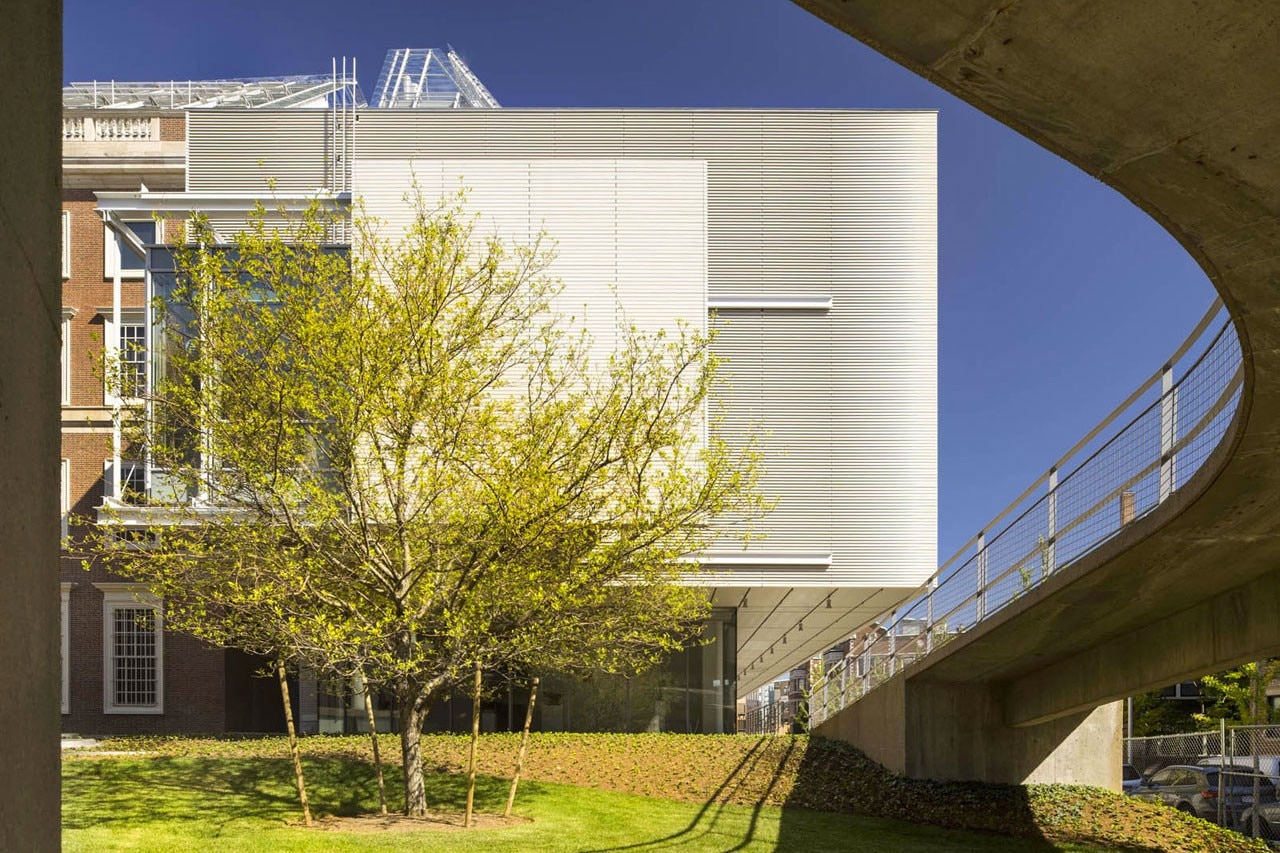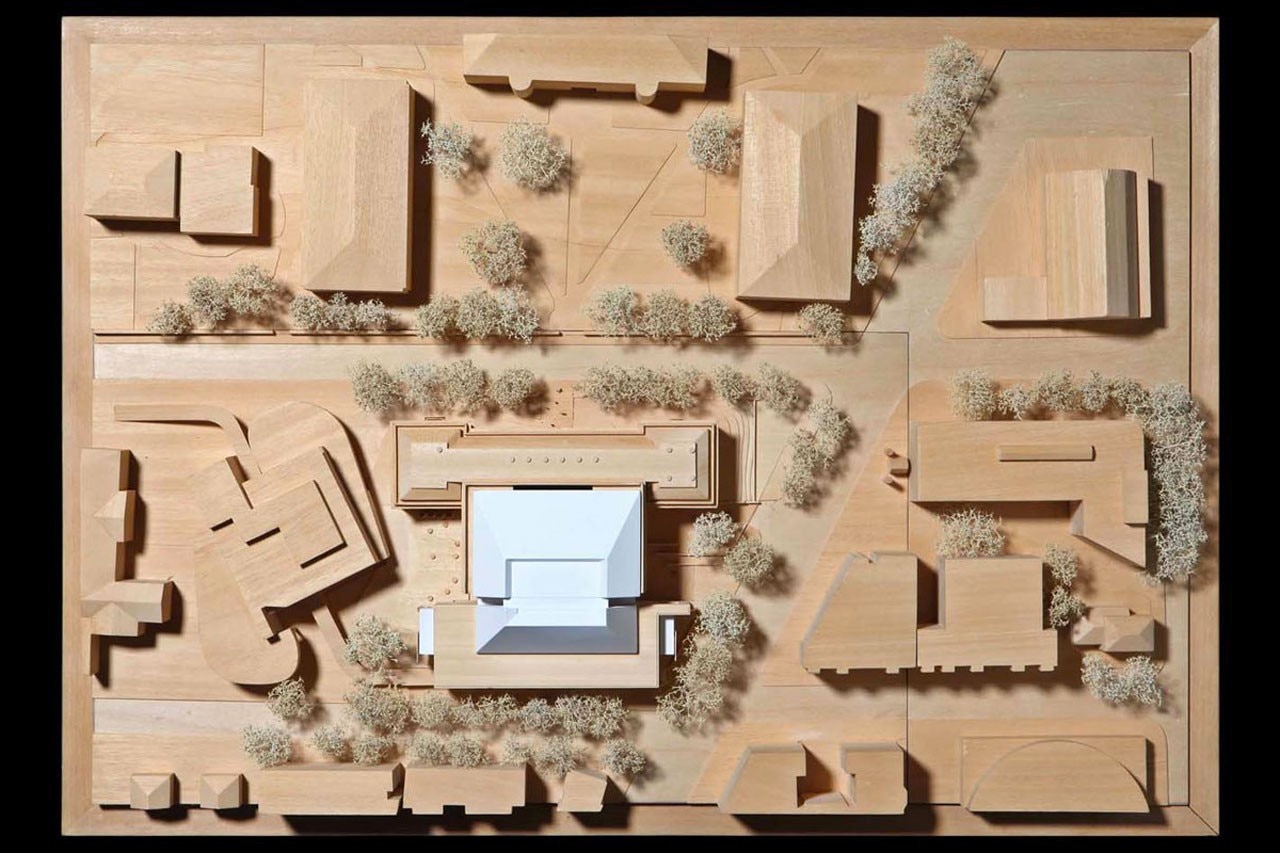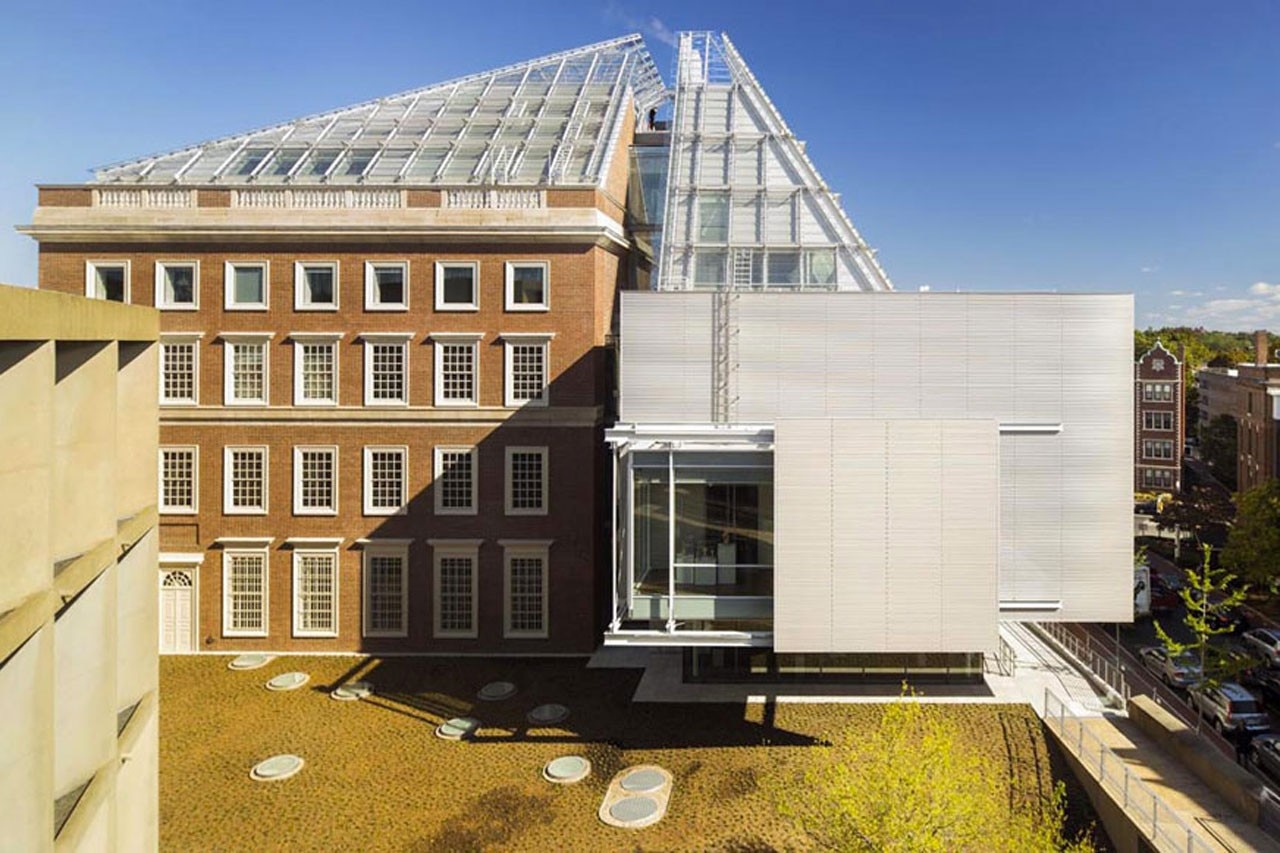
Visitors can pass through the museums’ ground-floor public spaces, entering from either a new Prescott Street entrance or the original Quincy Street entrance, and can easily navigate the six levels of public space including galleries, the Art Study Center, classrooms and lecture halls, and a top floor offering views both into the heart of the facility and outside to Cambridge and Harvard Yard. The first floor of the building, including a shop and cafe, is open to the public without the purchase of admission to the galleries.
Renzo Piano Building Workshop’s design sensitively preserves the original 1927 Fogg Museum building, including its historic facade on Quincy Street and the iconic interior Calderwood Courtyard. A new addition was constructed along Prescott Street, and a new glass roof allows controlled natural light to filter into the museums’ conservation labs and the Art Study Center, as well as into the central courtyard below.
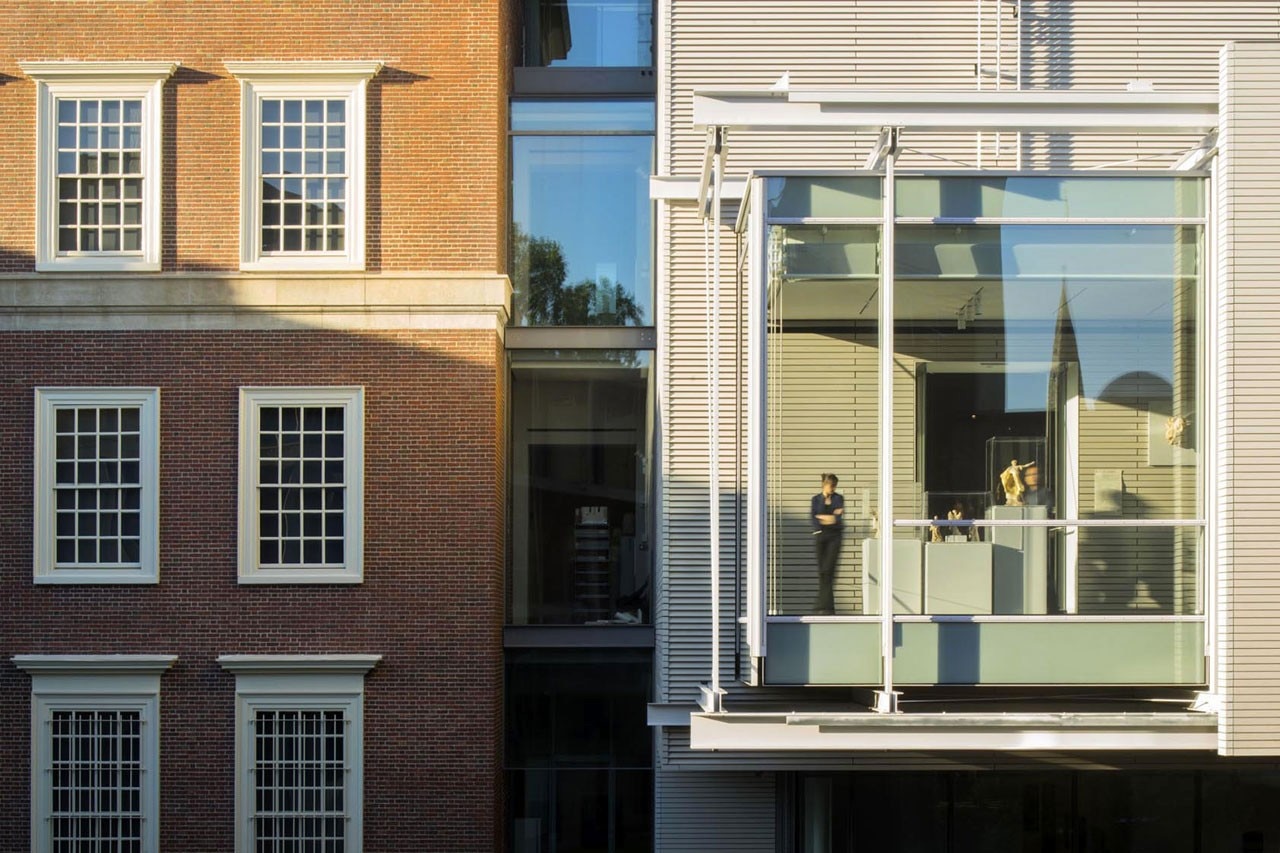
The renovation and expansion was designed to minimize impact on the historic structure; to add a new, distinct architectural expression; and to create a dialogue with the residential neighborhood and the adjacent Carpenter Center for the Visual Arts, the only building in North America designed by architect Le Corbusier. The project is designed to follow Harvard University’s sustainability initiatives, with the intention of attaining LEED Gold certification.
The renovation and expansion increase the Harvard Art Museums’ gallery space by more than 40 percent. wHY has worked with curators and senior leaders of the Harvard Art Museums on the design for the inaugural installation of the permanent collections galleries, as well as on plans for how these spaces can be reconfigured or changed over time as works of art are rotated. Payette Associates is the Architect of Record and local design partner, and Skanska USA served as construction manager of the project.
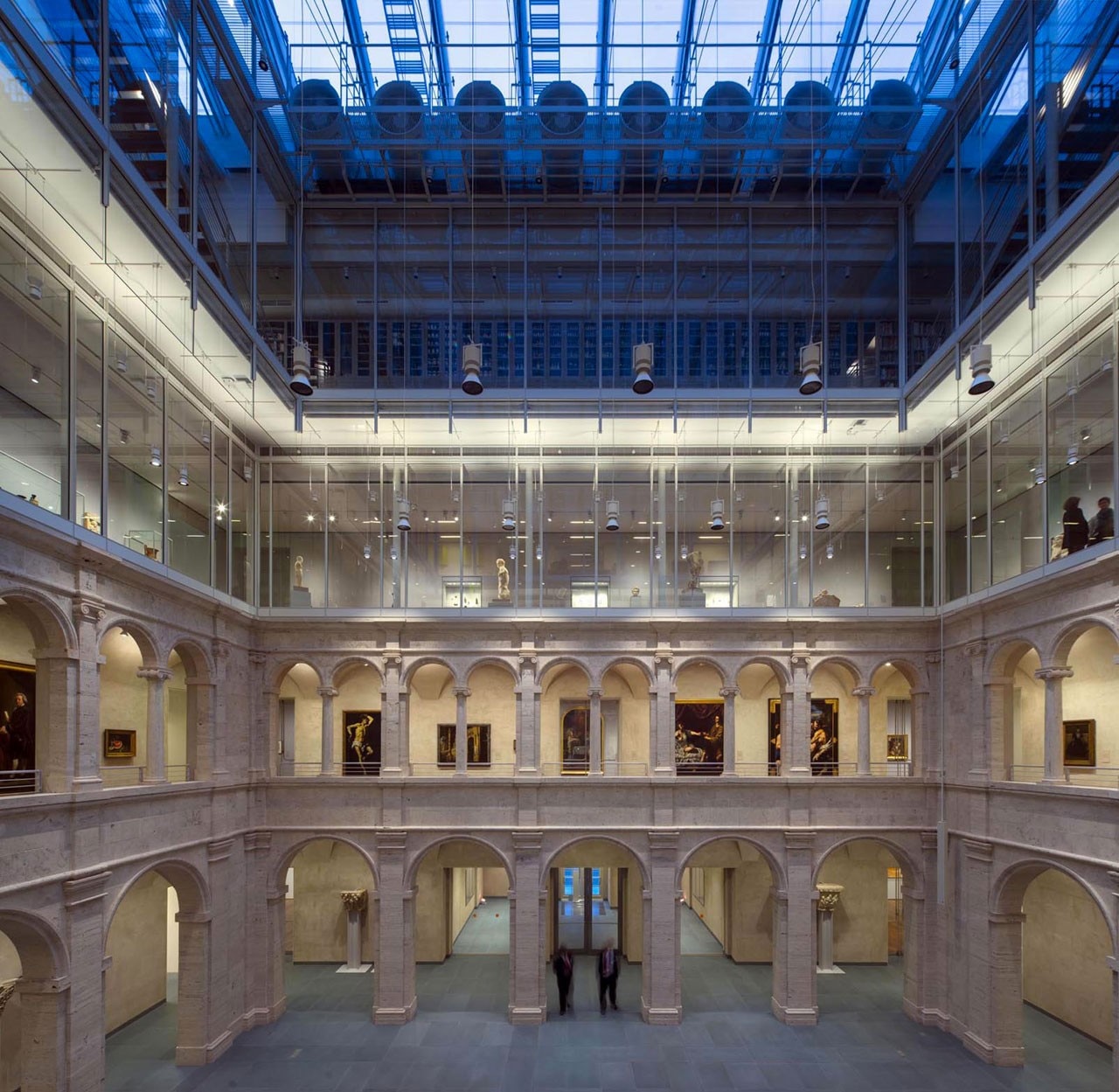
“The Harvard Art Museums are university museums, a place to collect and exhibit art, a great workshop to study, in direct contact with the artworks. Show, preserve, teach. If I had to describe the new Harvard Art Museums in a synthetic image, I would say that the ground floor is urban, serving the city by providing life; the second and third floors are for the art and the people who come to know it; the fourth and fifth contain more specialized spaces for the students like the Art Study Center and the conservation lab.
It is a stratification, an overlap of spaces and services that proceeds upwards towards more specialized functions. The hidden base of the museums’ machine is the storage, where the artworks are filed and protected from the effects of time; while the rest of the space, under the big glazed lantern, is open to the city and to the light.” Renzo Piano says.
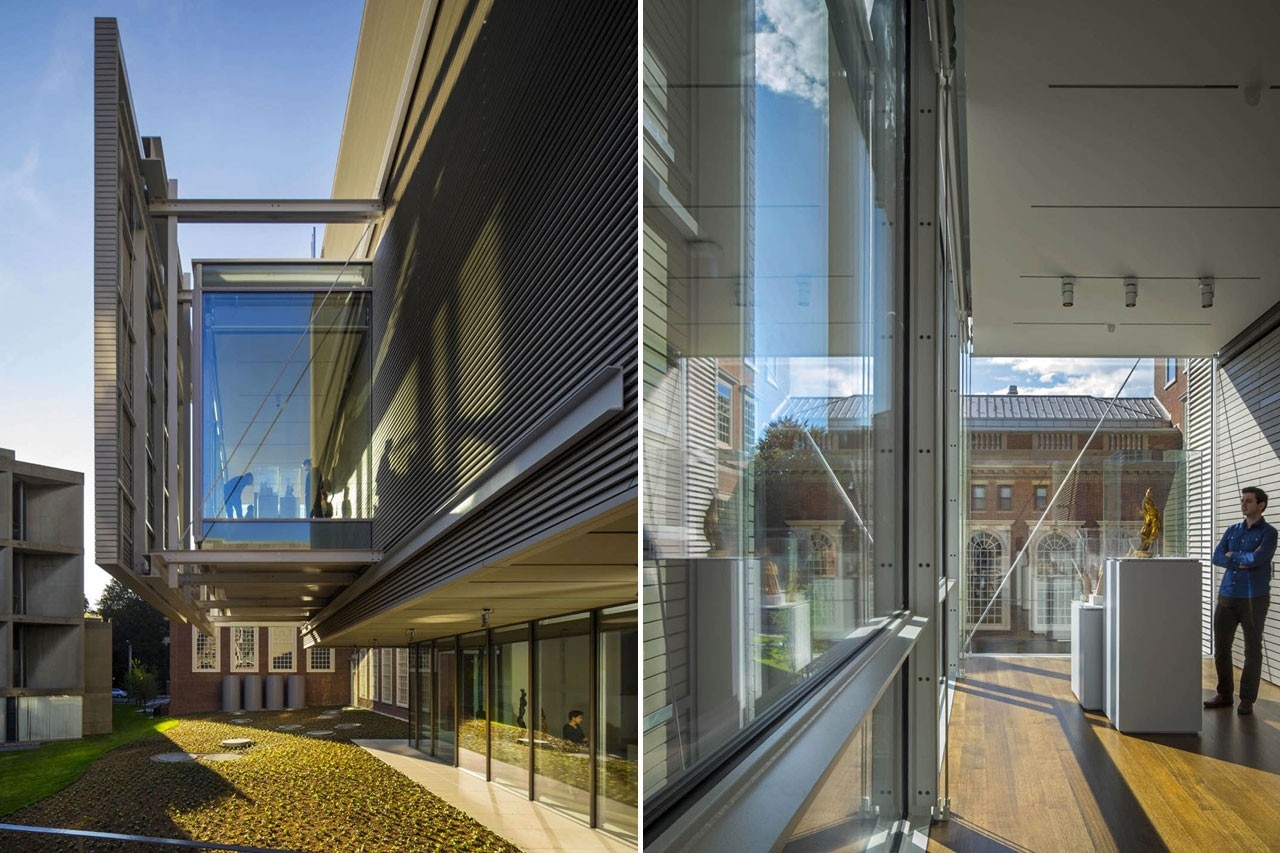
 View gallery
View gallery

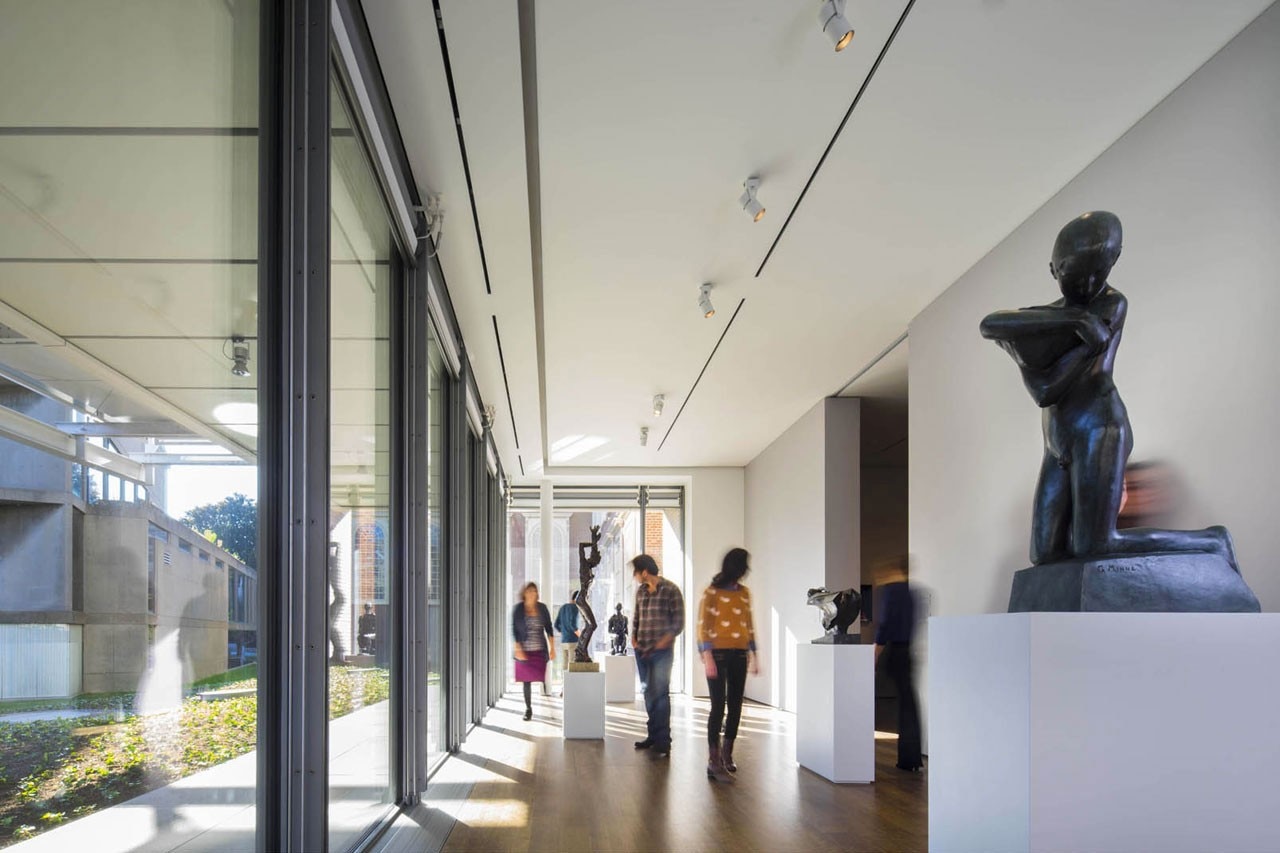
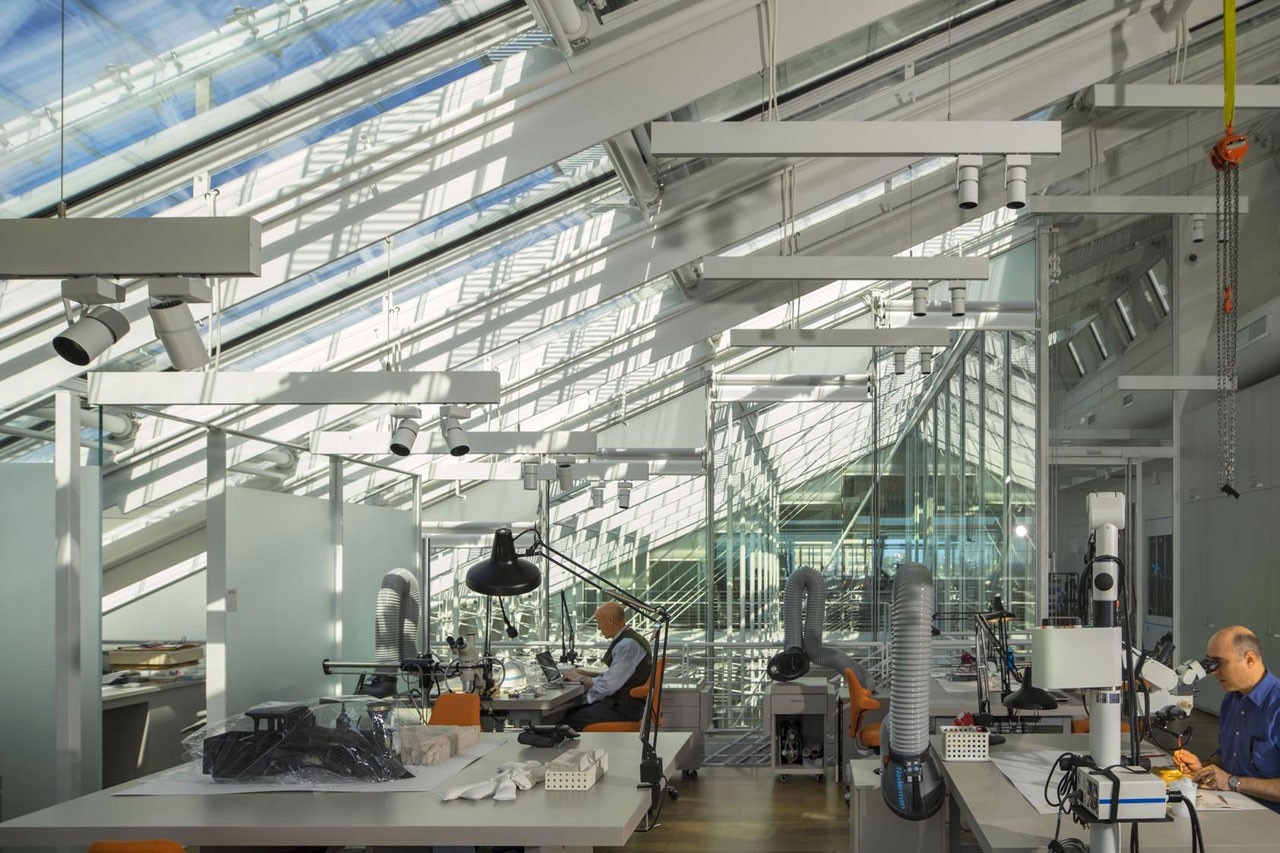
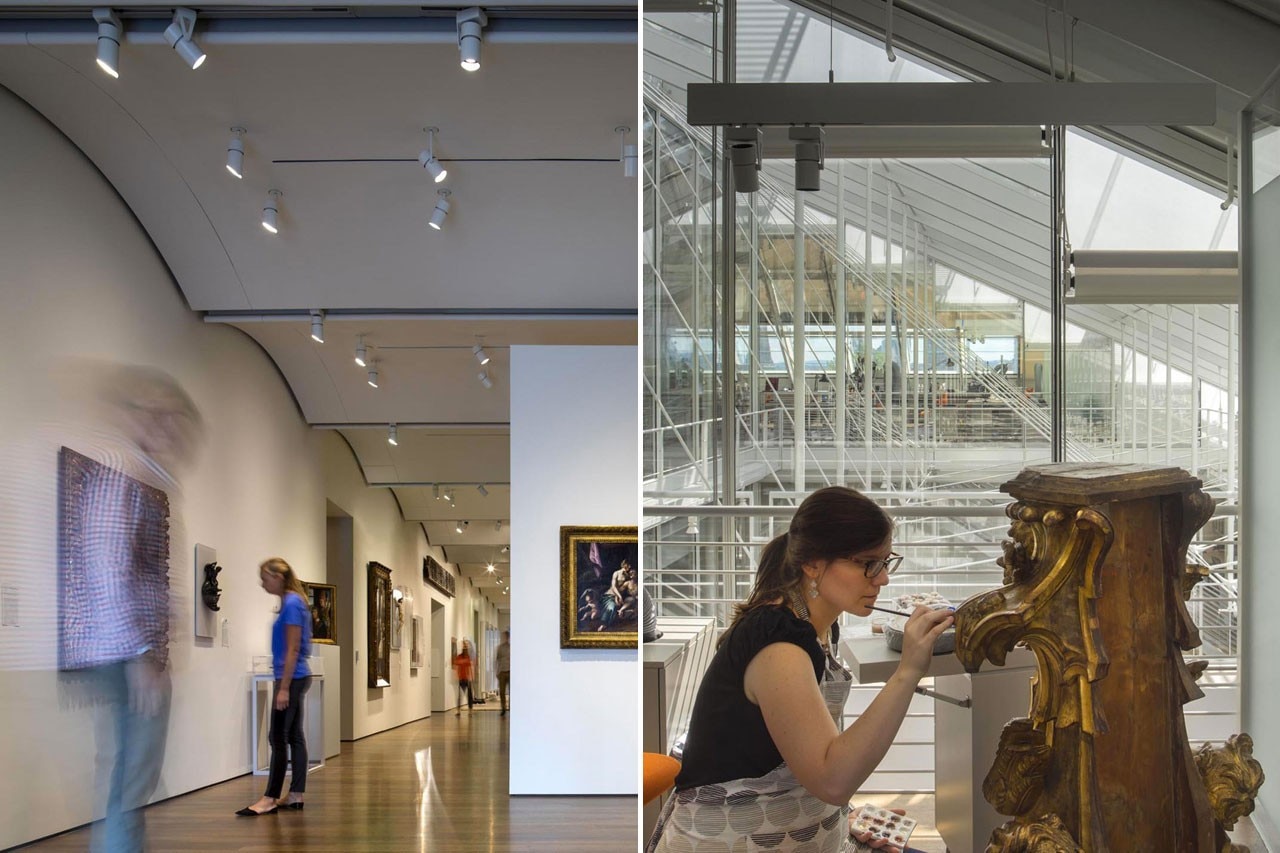
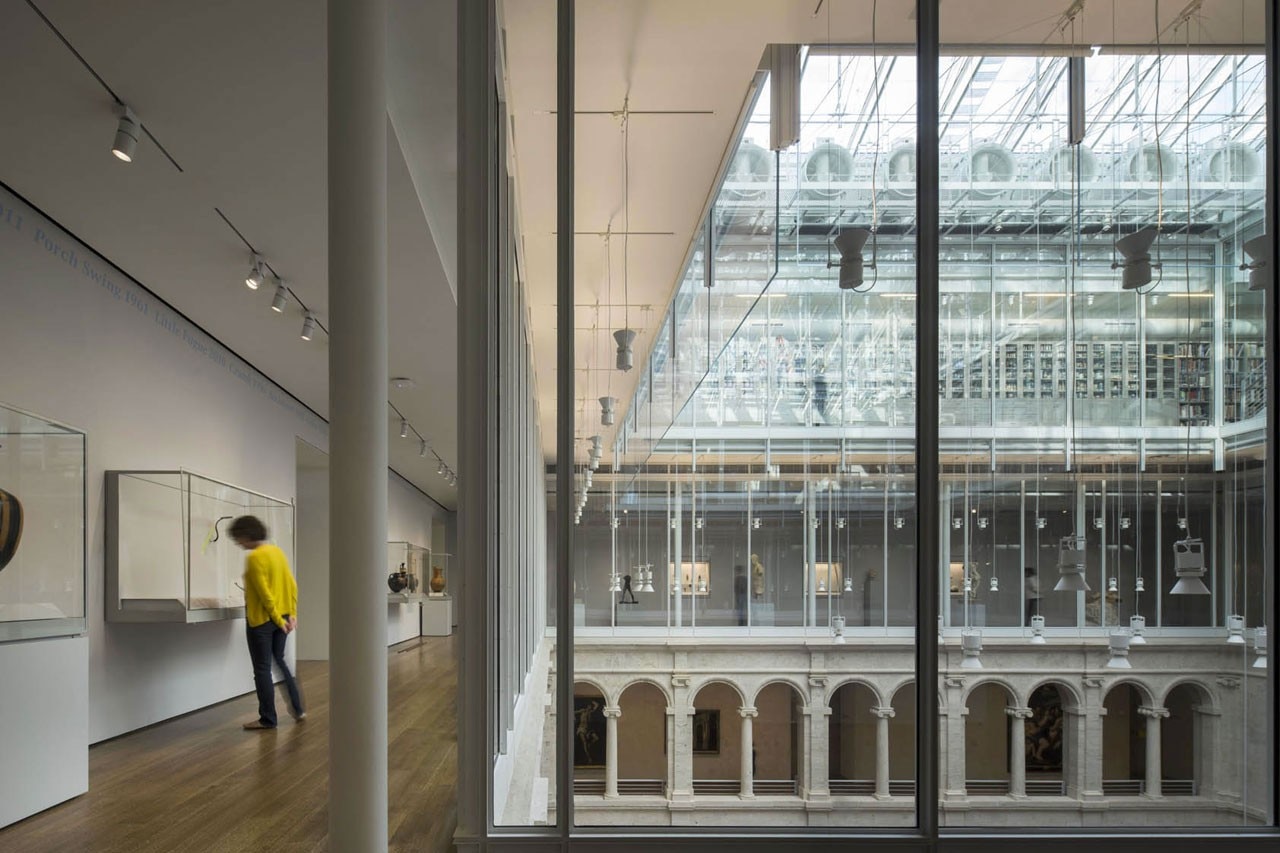
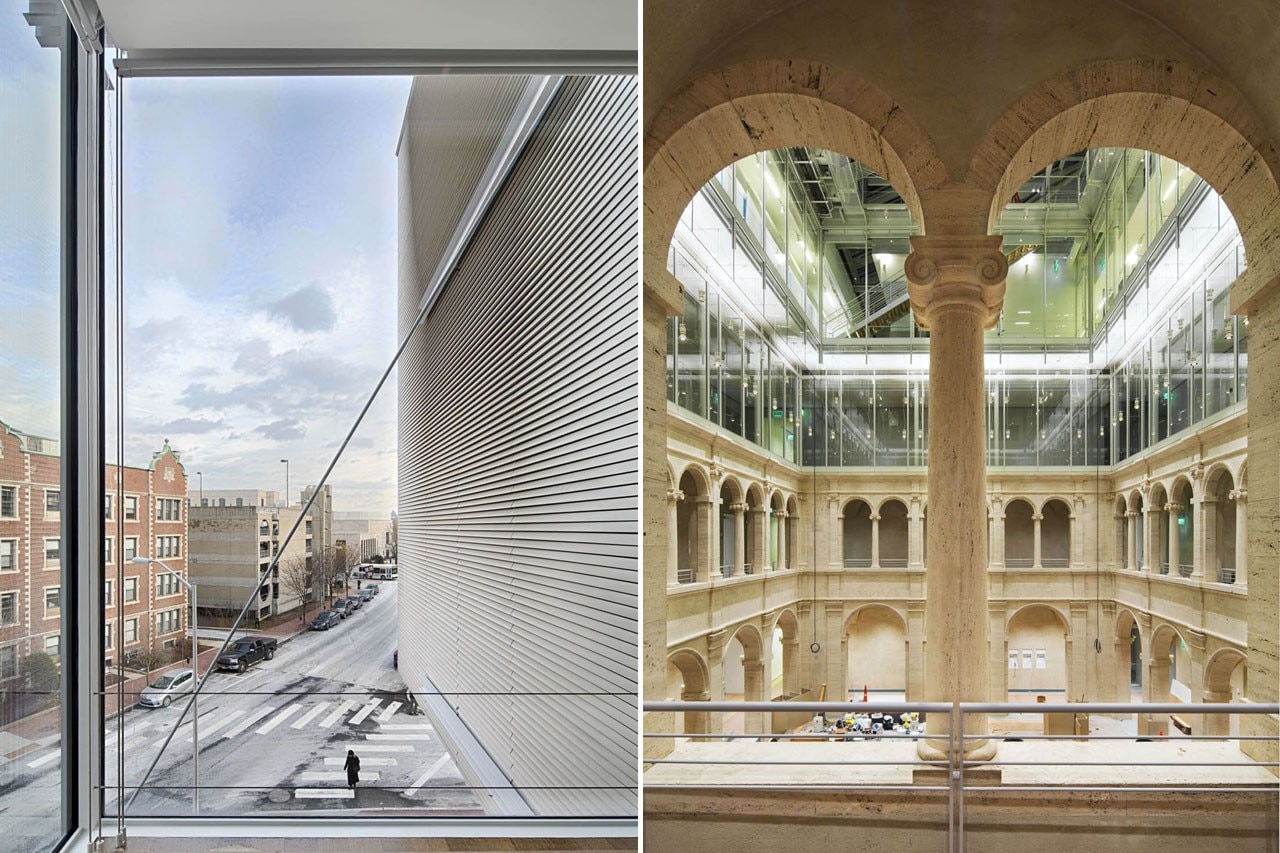
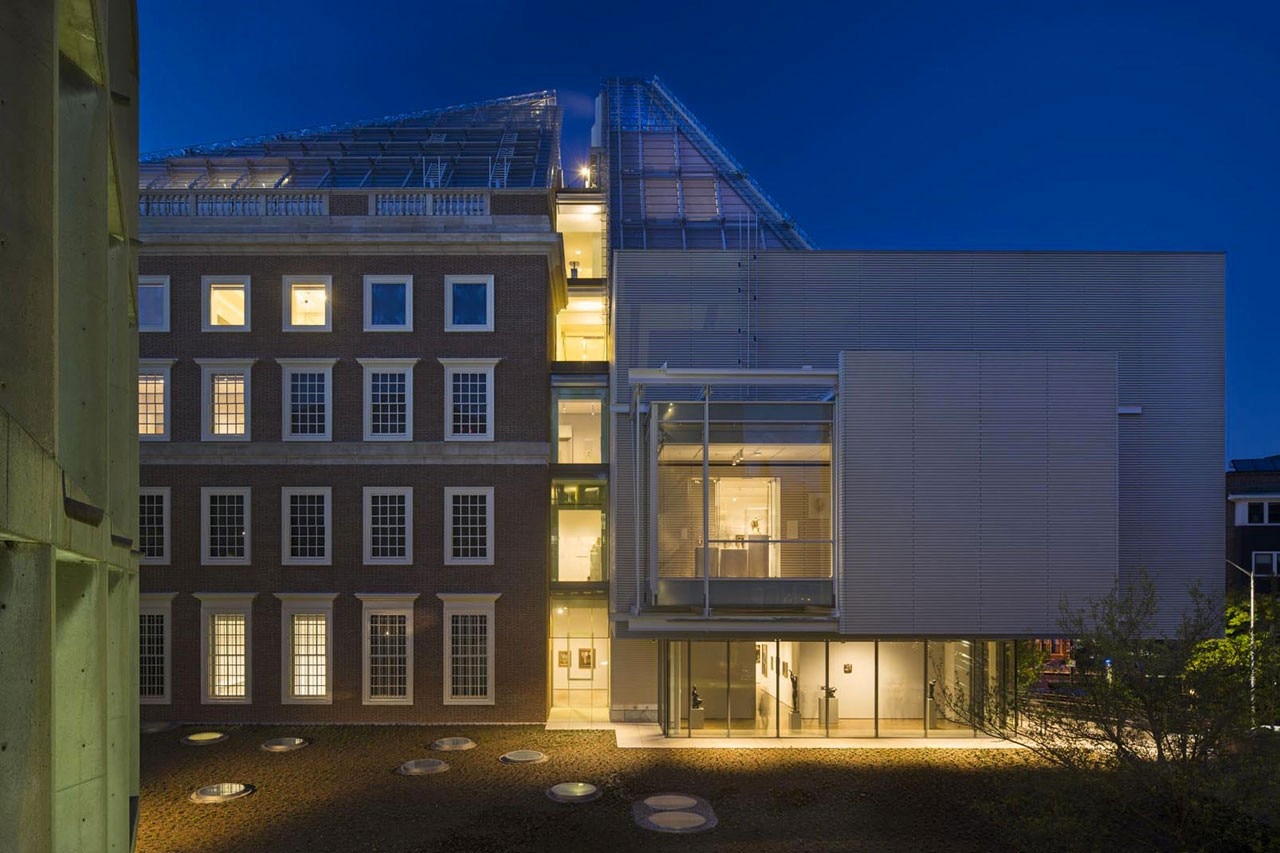
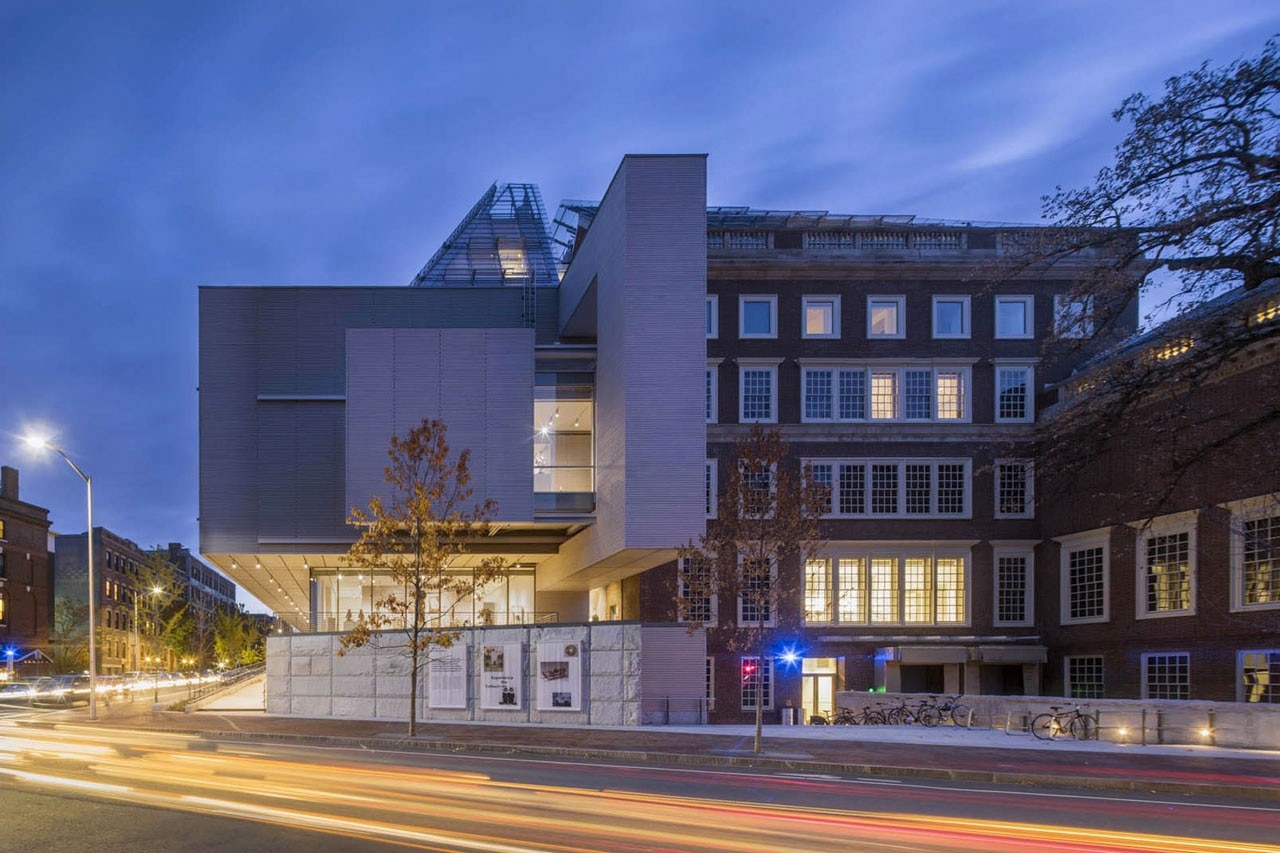
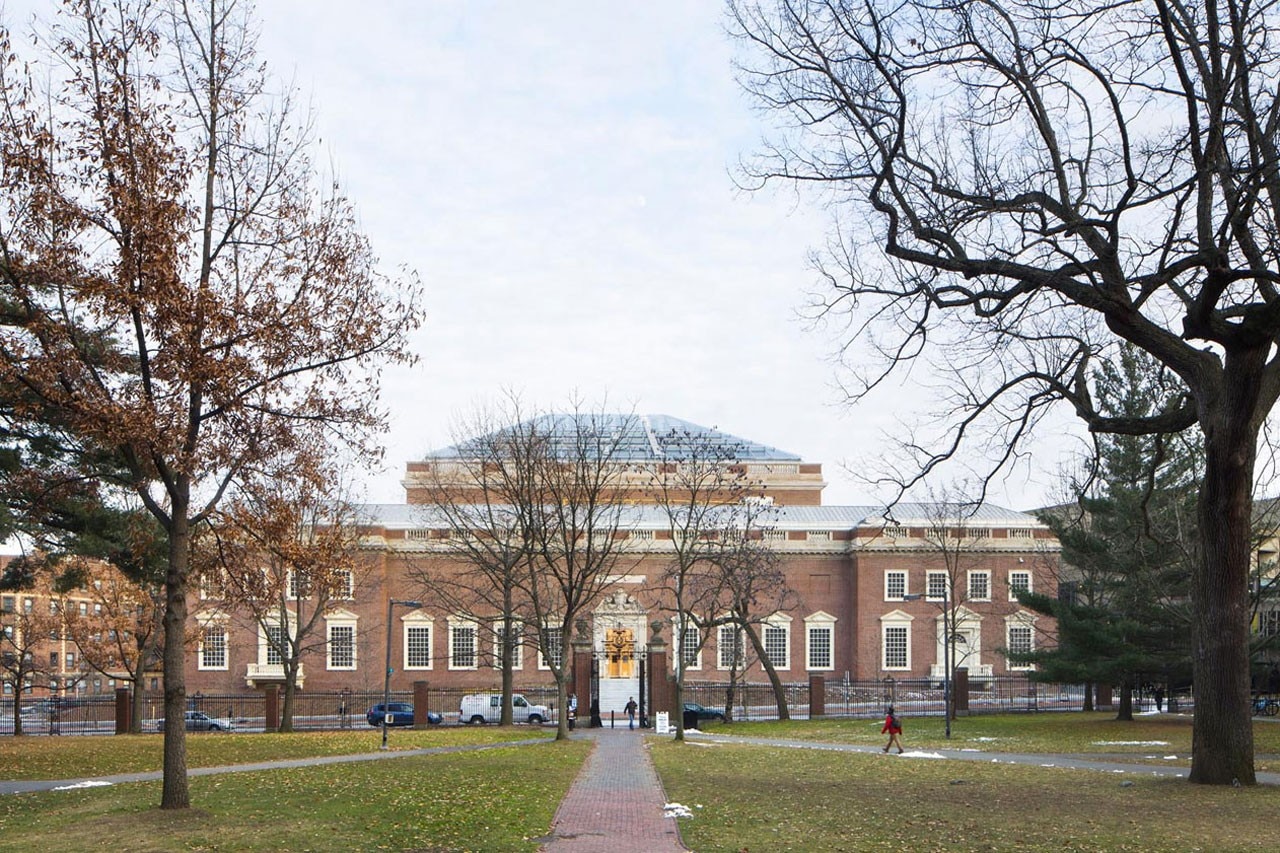
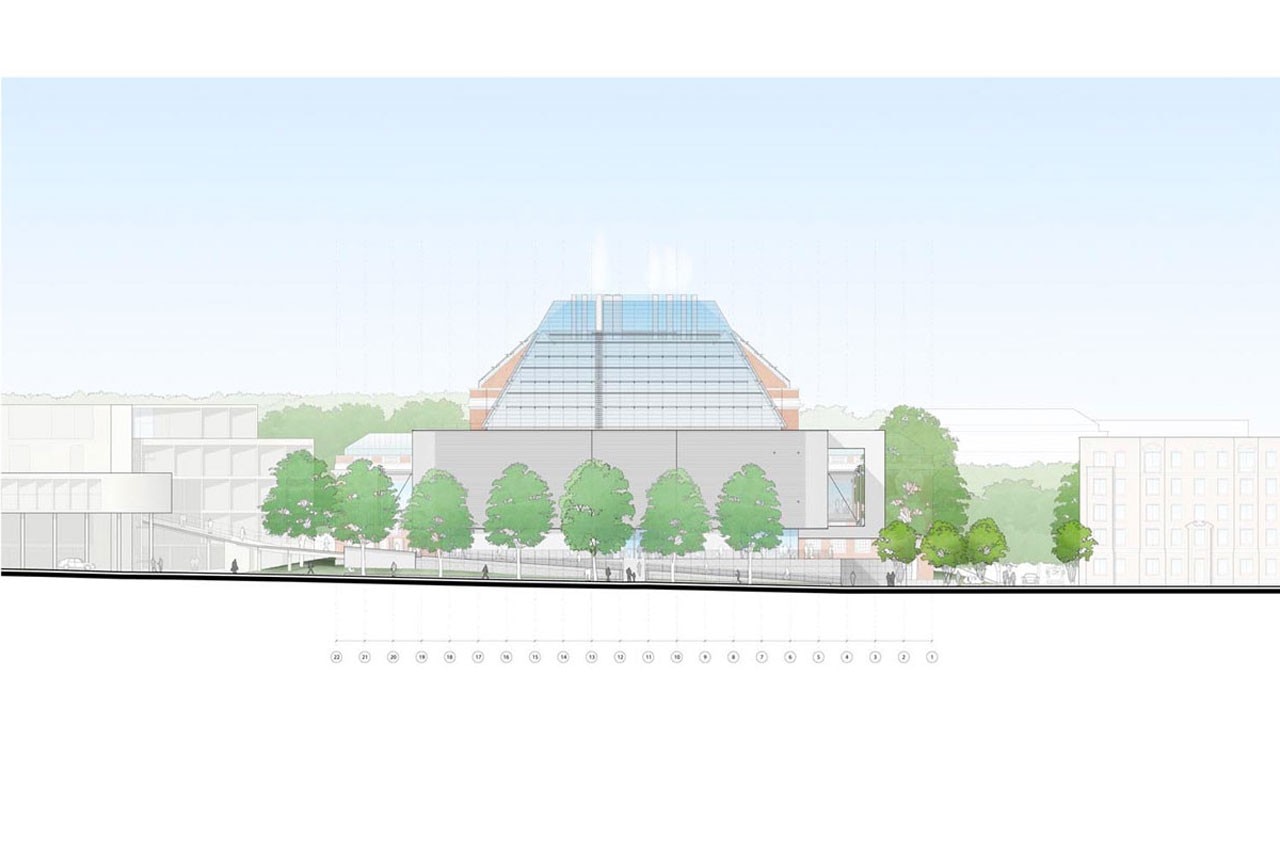
A3-1.32''
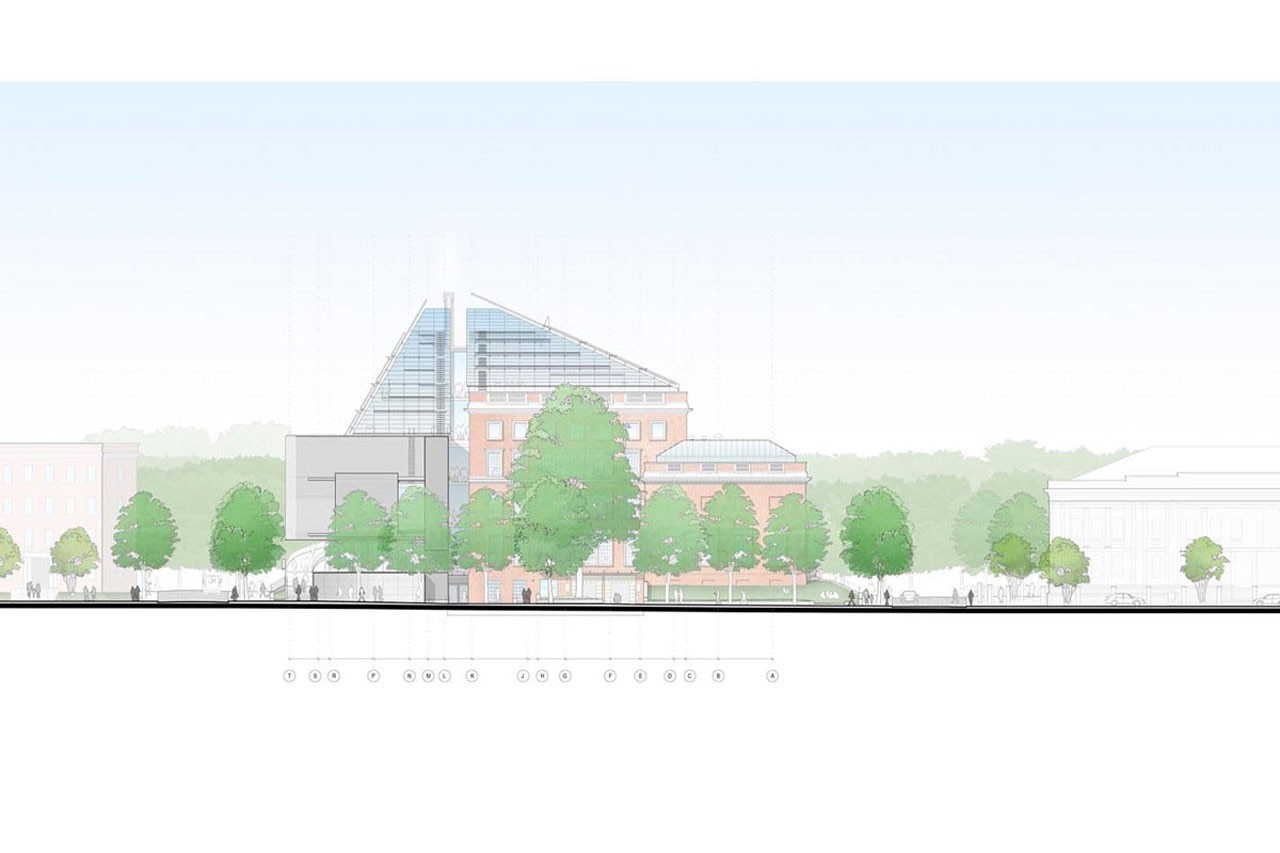
HFM - North Elevation
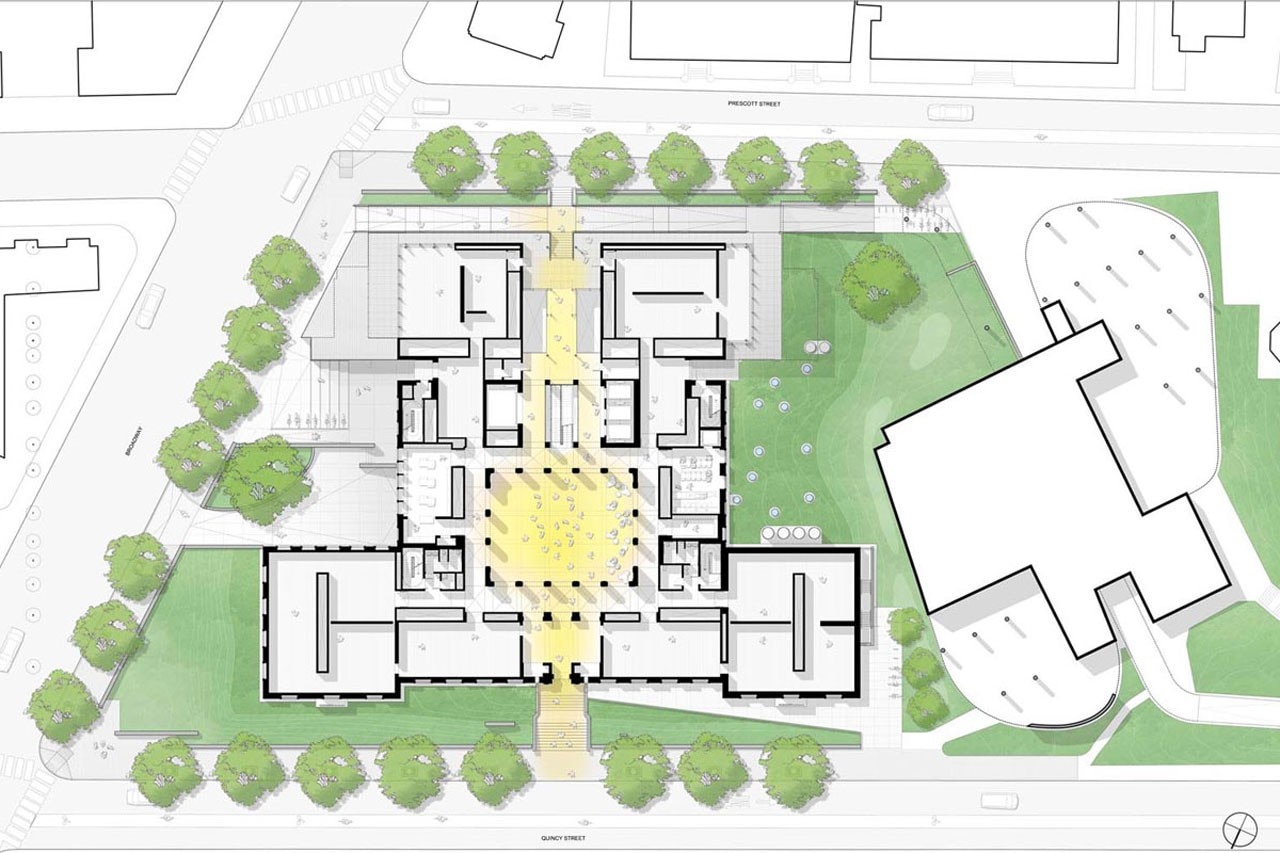
A3 1-32'
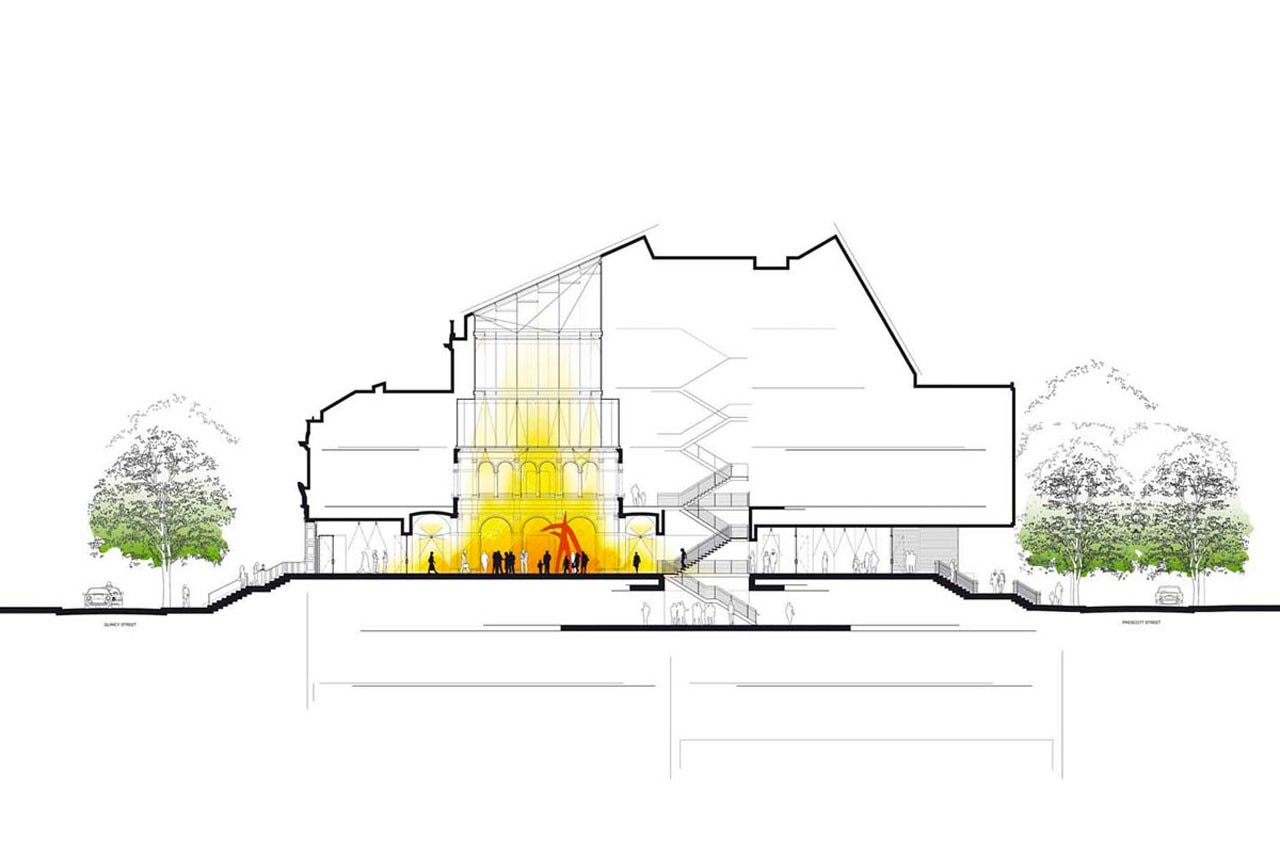
F-DD-DET-11.5 ForToPrint (1)
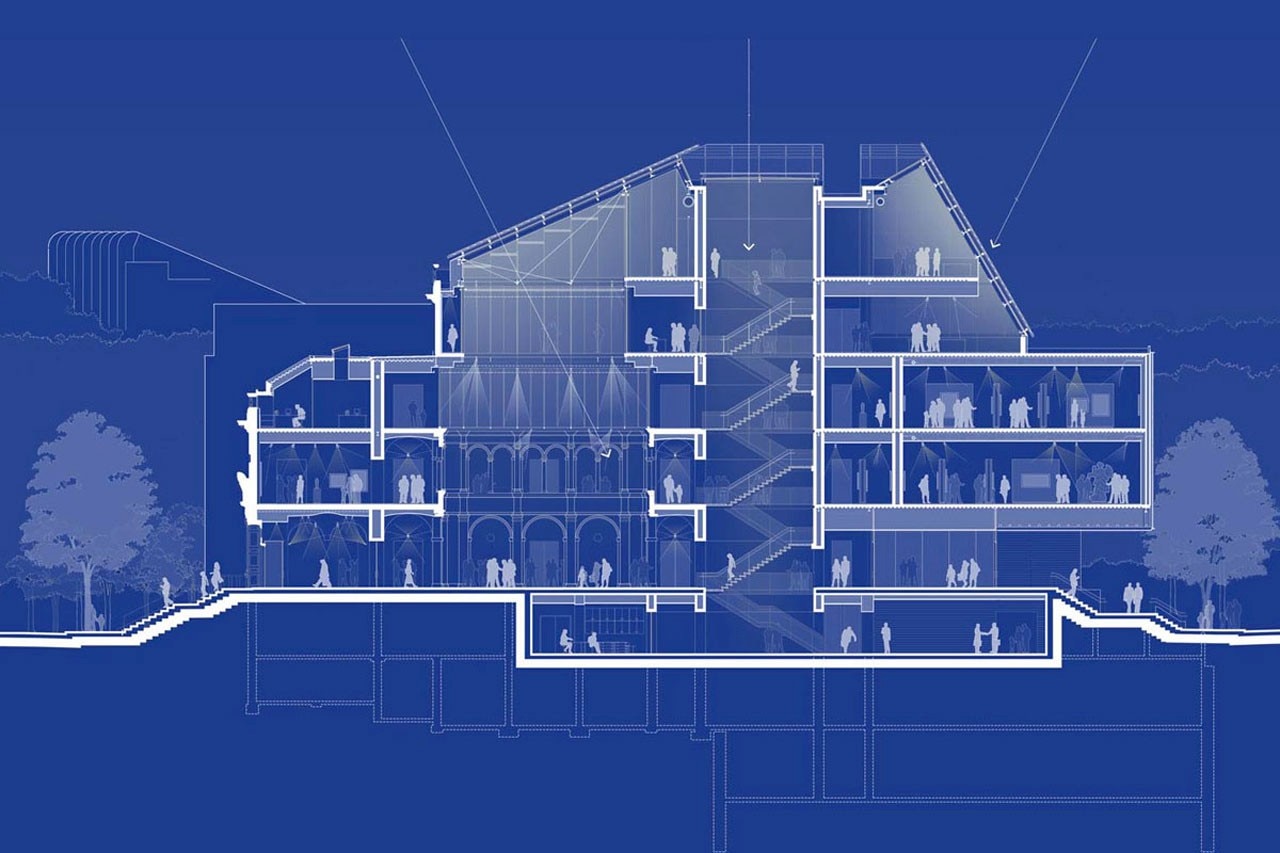
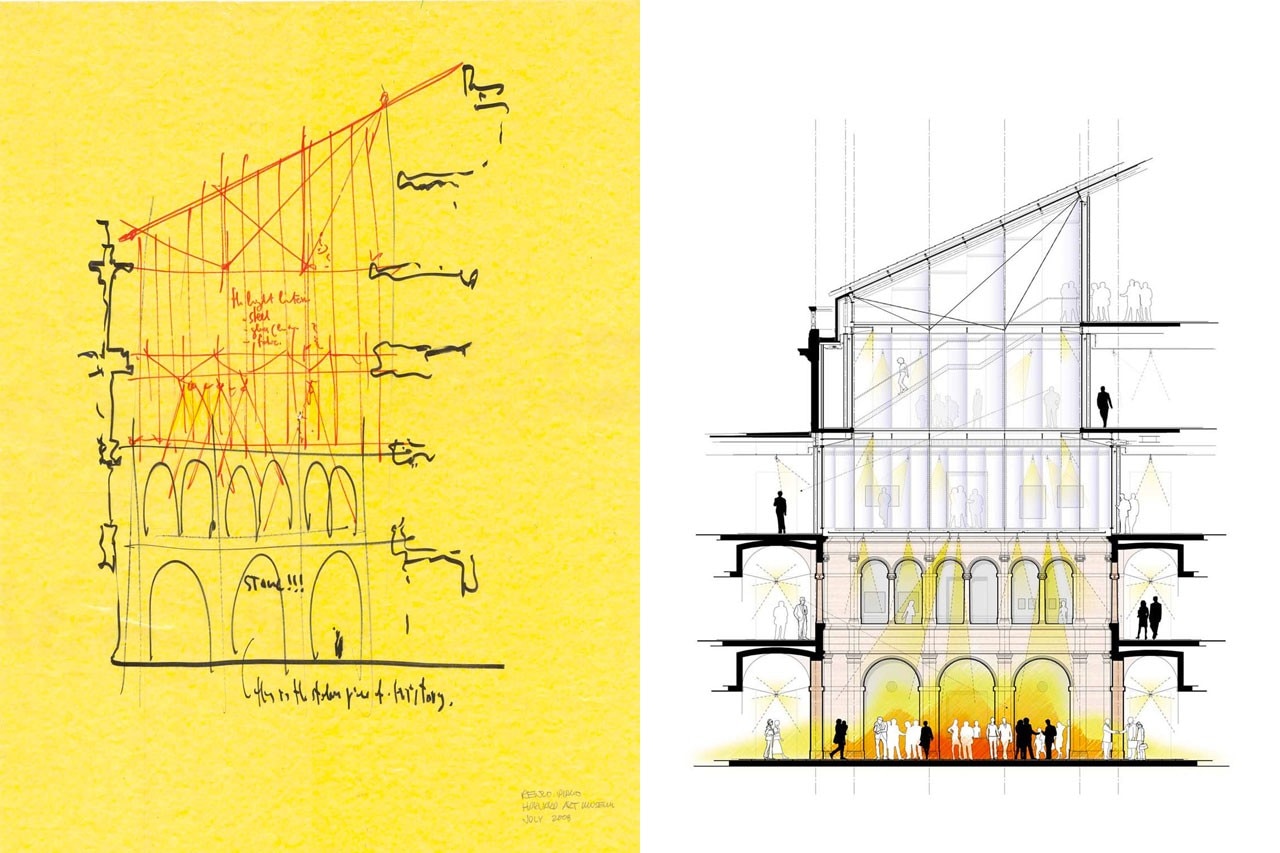
Harvard Art Museums
32 Quincy Street, Cambridge, MA
Program: museum’s facility
Architects: Renzo Piano Building Workshop in collaboration with Payette
Design Team: M. Carroll and E. Trezzani (partners in charge) with J. Lee, E. Baglietto (partner), S. Ishida (partner), R. Aeck, F. Becchi, B. Cook, M. Orlandi, J. Pejkovic, A. Stern, J. Cook, M. Fleming, M. Palacio, S. Joubert; M. Ottonello (CAD operator); F. Cappellini, F. Terranova, I. Corsaro (models)
Consultants: Robert Silman Associates (structure); Arup (MEP engineering, lighting design, facade engineering, code consulting, LEED consulting); Nitsch Engineering (civil engineering); Anthony Associates (wood scientist); Davis Langdon (cost consultant); Sandy Brown Associates (acoustics); Carl Cathcart (arborist); Building Conservation Associates (restoration consultant)
Area: 19,000 sqm
Completion: 2014

